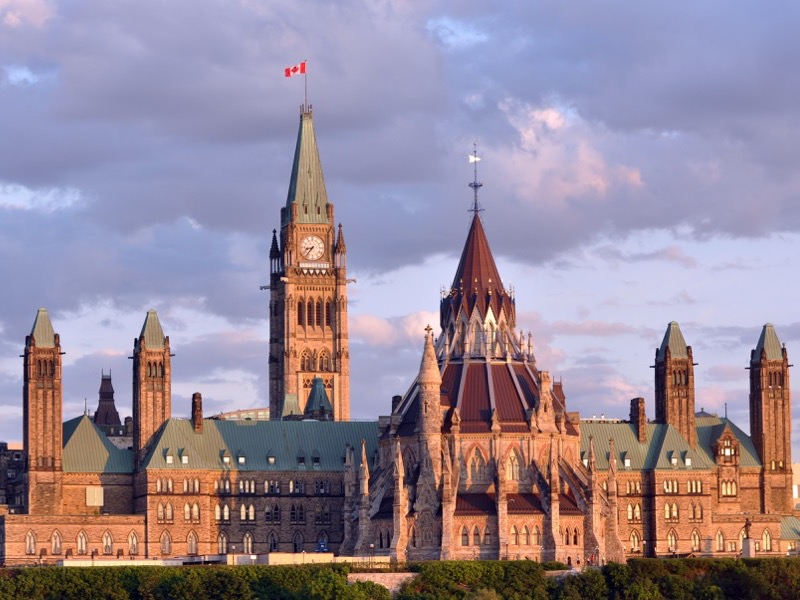
The federal government ran a deficit of $120.4 billion during the first three months of its 2020-2021 fiscal year as the treasury pumped out aid to cushion the impact of the COVID-19 pandemic.
The result compared with a deficit of $85 million for the same period in the 2019-2020 fiscal year.
In its monthly fiscal monitor, the Finance Department says program expenses for the three-month period of April to June hit almost $167.9 billion, an increase of about $90.3 billion from the same period a year earlier.
Much of that bump in spending was a result of emergency aid programs the Liberals rolled out as businesses shuttered and workers were laid off, furloughed or had their hours slashed.
Major transfers to persons – which consists this fiscal year of seniors benefits, employment insurance payments, the Canada Emergency Response Benefit, and children’s benefits – increased by 193.5 per cent year-over-year, hitting almost $70.6 billion.
Also adding to spending costs was the government’s wage subsidy program, which the fiscal monitor says cost almost $22.8 billion for the first quarter of the fiscal year.
Revenues for the period totalled $52.4 billion, were down $32 billion or 37.9 per cent compared with the same period last year, primarily as a result of the government deferring tax filing deadlines and collection.
Public debt charges decreased by about $2 billion, or 29.8 per cent, to $4.9 billion from $6.9 billion, largely reflecting lower consumer price index adjustments on real return bonds.
Last month, the Liberals projected a historic deficit of $343.2 billion for this fiscal year. The Finance Department says the figures through June remain consistent with that estimate.